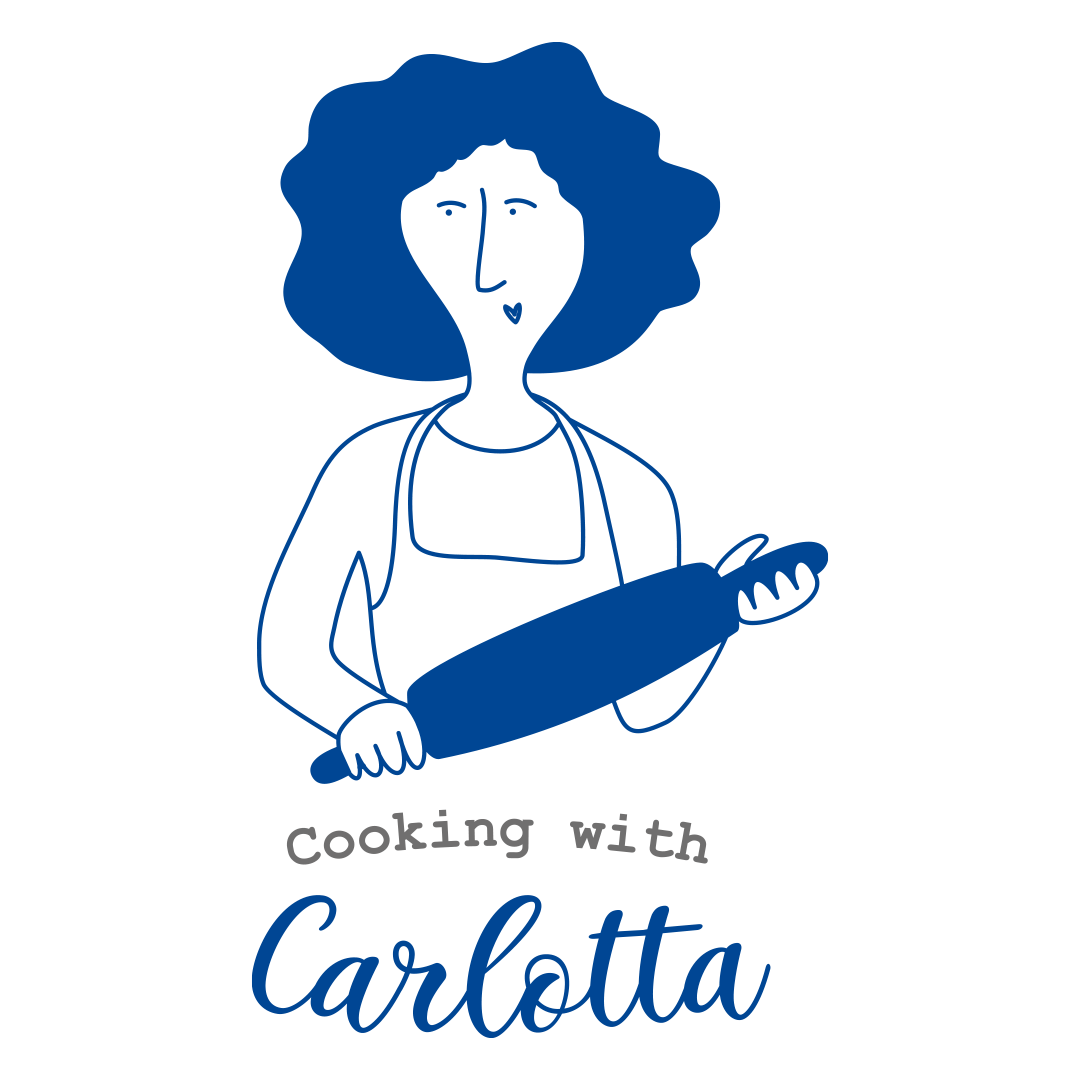

There are few things that recall Autumn like chestnut Tuscan necci. These crepes made with chestnut flour make possible to enjoy them after the harvest period.
For centuries they were harvested, and still are, in the mountains which run along all Italy. Chestnuts have been providing calories during the harsh cold months and guaranteed the survival of the mountain population. They not only are an excellent source of sugars and energies, but also of vitamins and minerals.
Chestnuts are traditionally eaten roasted on the open fire, baked or boiled, but there is an interesting option offered by chestnut flour: made by processing dry, roasted chestnuts into a fine flour, it allows you to offer healthy dishes and desserts even to an increasing population of celiac people.
In regions of Italy, it’s most traditionally used to make Castagnaccio, a rich, barely sweet cake. Made entirely of chestnut flour, it’s gluten-free. It also has no leavening agent, so it’s quite dense. It’s studded with nothing more than raisins, pine nuts, and rosemary.
Chestnut flour is also used to make crepes. In Tuscany, they are called necci and are traditionally eaten plain or slathered with ricotta and honey. Since chestnut flour isn’t very sweet, crepes like these also are perfect for savory fillings. Crepes made with this flour are not only gluten-free but they are also a unique winter meal that shows off the flour’s flavor.
Containing neither animal fats nor eggs, necci are the ideal dish to offer to tablemates who are intolerant to eggs or lactose, or vegan, once you replace the ricotta stuffing with a simple dark chocolate sauce.
Sadly, it is quite difficult to find a really fresh chestnut flour and it tends to absorb water: while I was cooking the crepes, the batter left in the bowl tended to thicken and I had to add more water. The batter should be quite running. I also added a bit of olive oil in order to make necci more flexible, but usually, in most of the recipes, there are only chestnut flour and water.
A pan is not the ideal way to cook necci, the traditional tools are the so-called “ferri“ (irons), round dishes connected by a plier, in which the two sides of the crepe are cooked at the same time. It takes a bit of practice to reach a good level.
Pour the chestnut flour, the salt and the oil in a bowl and drizzle the water, whisking to prevent and break up any lumps.Heat a medium nonstick skillet over medium-high, then brush with butter. Ladle about ½ cup batter into skillet and swirl to evenly coat bottom. Cook crepe until bubbles form on surface and edges are golden and crisp, about 3 minutes. Slide a spatula underneath crepe to loosen and carefully flip. Cook on the other side until a few brown spots appear, about 30 seconds, then transfer to a plate. Tent with foil to keep warm while you cook remaining crepes. Repeat with remaining butter and batter.
Mix the ricotta and sugar with an electric mixer.
Stuff the necci and enjoy.
About ricotta cheese, see the instructions in the recipe of gnudi.